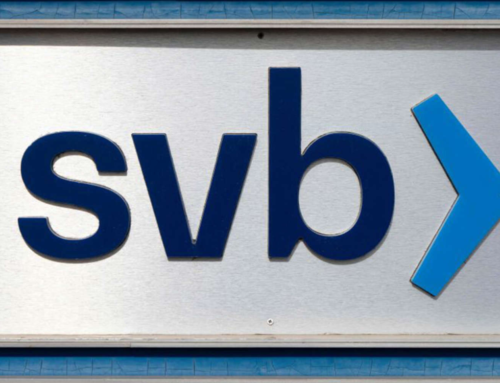July 25, 2021
-The Globe And Mail
Many things have changed in pandemic times. One that has not is North America’s love affair with the pickup truck. Even in the midst of economic uncertainty, consumers lined up to buy these hulking, belching kings of the road. Once the vehicle of the cowboy, the contractor and the good old boy, pickups have become the continent’s mainstream ride. Even city parking lots are simply full of them. In Canada, Ford’s F-150 has been the best-selling auto for years.
Auto writer Brendan McAleer came up with a colourful way of describing the extent of the phenomenon. “If you lined up all the F-150s sold in 2019 nose to tail, and then flew the Lockheed SR-71 Blackbird spy plane overhead at its top operational speed of 3,500 kilometres an hour, it would take about an hour and a half for the plane to cover all 896,526 of them.”
In the United States, five of the 10 top-selling automobiles are pickup trucks. Just three leading models accounted for 13 per cent of the vehicles sold south of the border in 2020. Last spring, for the first time, Americans bought more pickups than cars.
For heaven’s sake, why? Most people no longer use pickups to haul bales of hay. They drive them to the mall to shop or the soccer field to drop off their kids. Why anyone thinks they need such a beast to do that is an abiding mystery.
“Since 1990, U.S. pickup trucks have added almost 1,300 pounds on average,” writes author Angie Schmitt in Bloomberg CityLab. “Some of the biggest vehicles on the market now weigh almost 7,000 pounds – or about three Honda Civics.”
What spectacular overkill. One survey found that three quarters of pickup drivers used the vehicles for hauling only one time or not at all in the course of an average year. Despite all those ads showing manly pickups growling up mountain roads or churning through mud, nearly as few drivers used them to go off road.
Pickups have evolved to suit the way people use them. They often have big second rows, four doors and shorter cargo beds than they had in the past. Their cabs have all the latest electronics and attendant bells and whistles. In short, they are sort of suburban sedans on stilts, with big tires, powerful engines and giant grills that serve little purpose except to impress.
That seems to be the main point. At the same time as they have become domesticated and urbanized in function, pickups have become super-sized and jacked-up in form. We’ve all seen the “lifted” versions with their high profiles and giant wheels, the tricked out models with gleaming chrome, extra lights, big bumpers and fancy racks. Ford even collaborated with the Toronto Maple Leafs on a limited edition bearing the club’s logo and colours. Buyers can drop $100,000 on luxury models, which most will spend more time polishing than loading.
All harmless fun, you might say. Is it? Even though automakers have greatly improved the fuel efficiency of the modern pickup – and electric versions are coming soon – having all those mastodons on the highway isn’t exactly kind to the planet. A recent U.S. report found that more than half a million diesel pickups had been fitted with devices that override their emissions controls, dumping pollutants into the air. In the charming practice known as rolling coal, some pickup drivers blow past cyclists and electric vehicles and deliberately spew black smoke at them.
Then there is safety. Anyone who has travelled a Canadian highway lately has been tailgated by a speeding pickup driver. Being up there in that big cab over that huge engine seems to make the drivers think they own the road, lesser vehicles be damned. An investigation by Consumer Reports last month, titled The Hidden Danger of Big Trucks, said that hoods are higher on current models and “drivers have poorer front sight lines, creating a blind spot that can hide a pedestrian or smaller car right in front.”
Even if they weren’t polluting and dangerous, the parade of pickups would be a blight on the roadscape and a finger in the eye of other drivers – a way of saying to everyone else: I am bigger, badder and richer than you. A vehicle that started as a practical tool for hard-working people has become, for many, an obnoxious assertion of dominance and division.




